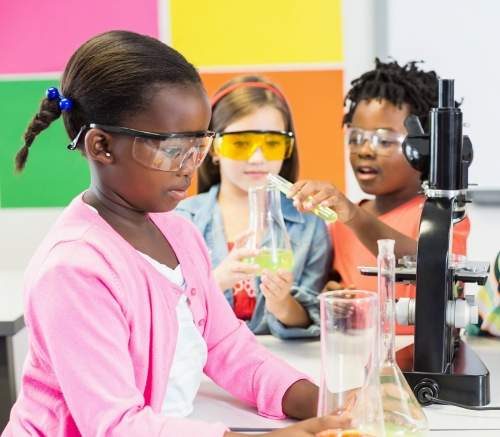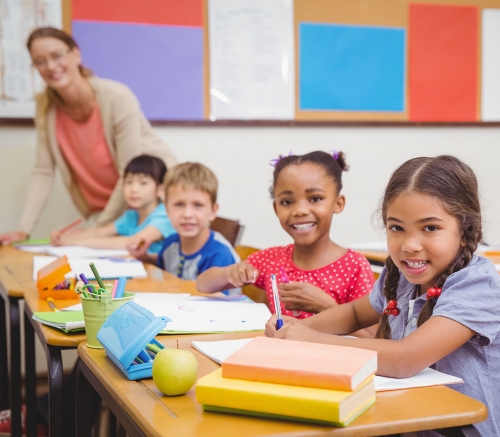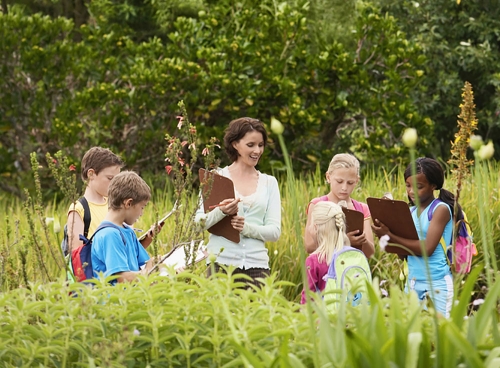“All sustainable development goals come down to education.”
- Malala Yousafzai (2016)
Education was recognized as an essential element to generate awareness and cultivate understanding on issues prevalent to our Earth at the first United Nations Conference on Environment and Development in Rio de Janeiro, Brazil in 1992.
 As we look toward fulfilling the ambitious UN Sustainable Development Goals by 2030, the plan of action for people, planet, and prosperity cannot be met without acknowledging the important connection between educational development and a sustainable learning environment. They are inexplicably linked to the ability to transform pivotal knowledge into conscious action so students can become catalysts for future evolution.
As we look toward fulfilling the ambitious UN Sustainable Development Goals by 2030, the plan of action for people, planet, and prosperity cannot be met without acknowledging the important connection between educational development and a sustainable learning environment. They are inexplicably linked to the ability to transform pivotal knowledge into conscious action so students can become catalysts for future evolution.
Impact of Environmental Education on Students
That’s why sustainable schools are important; we need to give students the educational program, physical place, and organizational culture to encourage the development of environmentally conscious global citizens. Students spend the majority of their day in a school building during their most crucial developmental years. In this time of pivotal growth, schools must be a space for creative thinking, a source of inspiration, and a starting point for developing a sense of awareness and responsibility. The journey to that goal begins with educating students in a healthy and sustainable environment.
Benefits of Sustainable K-12 Facilities
Executive views on green school performance compared with conventional schools.
87%

Reduced Absenteeism
74%

Ability to Attract/Retain Teachers
72%

Improved Community Image
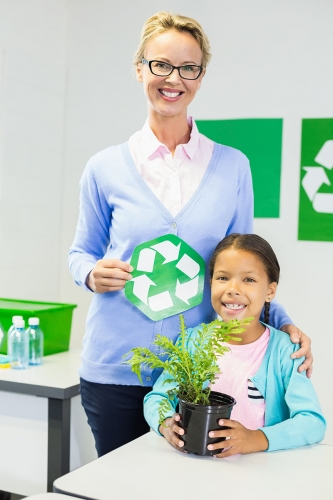 Sustainable schools create an environment where teachers and faculty can cultivate a positive and progressive school culture. Teachers have more opportunities to devise unique learning opportunities and students benefit through increased participation and productivity and improved problem-solving and critical thinking skills.
Sustainable schools create an environment where teachers and faculty can cultivate a positive and progressive school culture. Teachers have more opportunities to devise unique learning opportunities and students benefit through increased participation and productivity and improved problem-solving and critical thinking skills.
Sustainable schools are the teaching tool that bring together environmental education and community engagement. These collaborative activities inspire all members of the school community, which creates a culture of continuous learning, growth, and development.
Benefits of Implementing a Whole-School Sustainability Program
STUDENTS |
SCHOOLS |
PLANET |
|---|---|---|
| 98% of studies conducted by Stanford University revealed a positive impact as a result of environmental education. | Sustainable schools use 33% less energy and 32% less water than conventionally constructed schools. | Sustainable schools are designed to act as living laboratories to teach and embody eco-friendly initiatives that reduce our environmental impact. |
| Sustainable schools with natural light sources reported significant increases in test scores, and progression in reading and math. | Sustainable schools save, on average, $100,000 per year on operational costs. | Sustainable school buildings are constructed with eco-friendly materials that decrease the reliance on fossil fuels, thus reducing carbon emissions. |
| Studies reported students were able to equally engage in environmental education regardless of where they fell on the intellectual spectrum. | Sustainable schools reduce absenteeism, improve health of students and staff, and increase indoor air quality. One study reported a 38.5% reduction in asthma, the number one reason for student absences in the United States. | Green roofs last 30-50 years longer than typical roofs, reducing the amount of waste produced from more frequent replacement. |
| Studies reported increased student participation and engagement in class. | Sustainable schools receive direct and indirect savings from increased efficiency, higher teacher retention, and lower health costs, saving about $70 per square foot, 20 times higher than the initial “greening” costs. | Sustainable schools offer more opportunities for outdoor and hands-on learning, which inspire the next generation of environmental stewards. |
“Sustainable development will not just be a subject in the classroom: it will be in its bricks and mortar and the way the school uses, and even generates, its own power. Our students won’t just be told about sustainable development, they will see and work within it: a living, learning place in which to explore what a sustainable lifestyle means.”
– UK Prime Minister Tony Blair (2004)
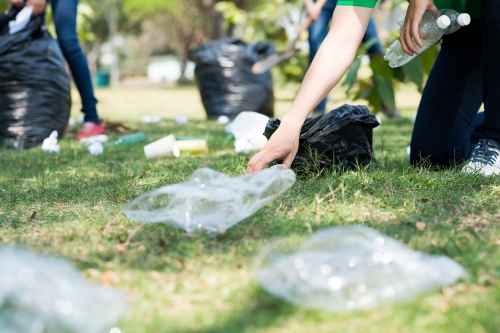 As hubs of communities, schools can help to transform markets, policy, education, and behavior, increase community resilience, mitigate climate change, and prepare citizens to think and act in new and creative ways. Green Schools Alliance envisions a world where every person is aware of and accountable for the impact they have in creating an environmentally, economically, and equitably sustainable future.
As hubs of communities, schools can help to transform markets, policy, education, and behavior, increase community resilience, mitigate climate change, and prepare citizens to think and act in new and creative ways. Green Schools Alliance envisions a world where every person is aware of and accountable for the impact they have in creating an environmentally, economically, and equitably sustainable future.
